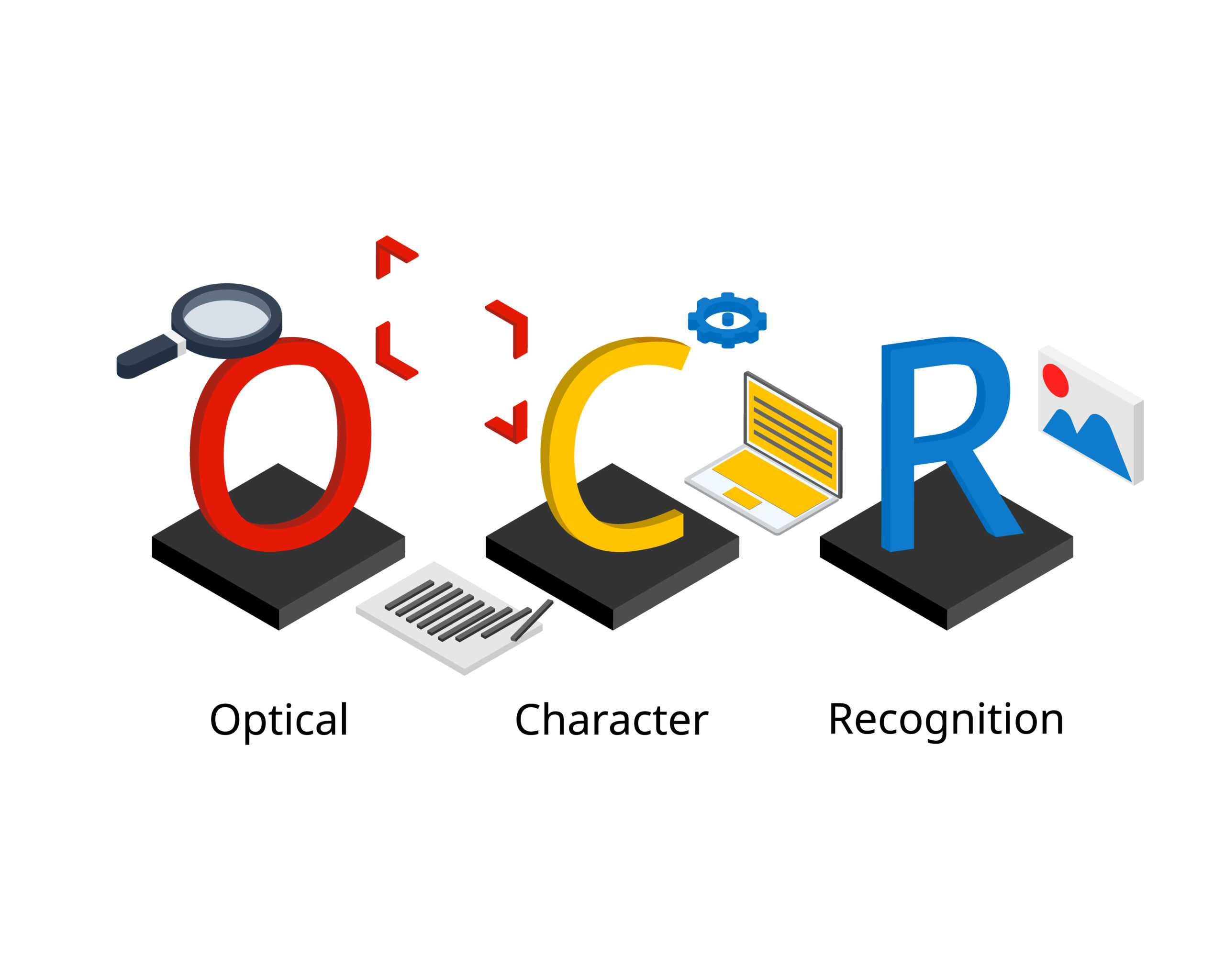Insurance companies’ most significant challenge is the mountains of paperwork to go through.
The insurance industry has many obstacles, including redundant and manual methods and corporate silos in knowledge, data, and business models. Data entry for insurance proposals and claims, payroll audits, the creation of insurance certificates, and invoice processing are a few areas that have the potential for automation but still rely heavily on manual operations.
These are why claims process and document classification solutions enable insurers to minimize operating expenses, decrease fraud, and increase client loyalty.
This post focuses on the insurance claims processing difficulties posed by processing a varied array of document types that arrive at the corporate mailroom without any discernible pattern. Also, we’ll explain how mailroom automation software may help you take advantage of claims automation’s promises and contrast them with the significant potential savings that can be made through automated form processing using sophisticated, specialized software systems.
Insurance Document Processing Is a Challenging and Costly Industry
Insurance companies regularly process many papers, including invoice processing, document processing, etc. Most insurance companies use traditional mailrooms to execute inbound and outbound client service.
How does the manual insurance claims processing take place? Document transactions reach the mailroom, from application submissions, document classification, and policy changes to claim forms and notices, reach the mailroom. The valuationProcessing work begins only after manual screening and digital conversion.
Although forms and formats are sometimes exclusive to specific divisions or business units, the mailroom operation is generally a standard process. Having several formats can lead to duplicated procedures, which increases time demands on staff, and a higher risk of mistakes.
Since manual processing involves too much effort, is costly, and has other problems. The process is long and sometimes takes up to days or weeks for more complicated casestasks. Because For example, fraud detection is sometimes only a matter ofdepends on individual judgment, it is prone to mistakes and even miss fraud schemes.

How can OCR Aid with Document Processing Automation?
A lifeI insurance policiesy are is usually processed by traditional mailroom-driven companies over two to three weeksdays or weeks, beginning with the application evaluation, data entry, acquisition of further needed medical and financial documents, risk assessment, and decision to issue or refuse the policy. That delay provides may cause potential customers not to wait for final adjudication with much time to leaveand turn elsewhere.
Handling of A claims handling procedure must be standard, speedy, and managed to be effective. Time is of importance in this situationessence as. Ppolicyholders will become irritated and angry if their claims handling process takes too a bit longer to process.
The use of intelligent document processing software can address these issues. Using As part of an automated data input and capture solution, OCR (Optical Character Recognition) – a is a machine capable of reading text from documents – learning OCR tool that can optically identify content and detect text from image-based materials. and text detection. With the help of this automated data extraction software, insurers can carry out a research study, customer service, and other duties swiftly and without fuss.
OCR helps insurance companies in more ways than just improving data collection. Businesses may use it to handle the enormous volumes of legacy data that organizations have gathered accumulated over time, the majority of which consists of disordered uncategorized print documents, and images, and other picture file types.
Large data warehouses can be converted using OCR understandable by AI or machine learning systems. These algorithms may then sift through both the surge ofincoming new data and the historical data to look for indications about market patterns, future shifts in consumer behavior, and emerging risks.
The most considerable benefit of automated data capture over manual methods is its ability to process document recognition such as data extraction, invoice processing, etc. However, the entire effort becomes pointless without a reliable tool for insurance-related tasks.
OCR’s Advantages for the Insurance Sector
Optical character recognition (OCR) technology The was instrumental to growing the digitalization of the insurance industry depends on optical character recognition (OCR) technology. It is the foundation of data administration and acquisition in the insurance industry. It allows companies to maximize the value of their data and automated management software.
All business operations become more productive and efficient, from processing insurance to developing new products to managing customer relations, thanks to digital mailroom automation.
The following are the advantages of OCR in the insurance business:
OCR Robot Aids in Customer Notifications
Customer notifications are a crucial first step in providing a top-notch user experience. Customers adore appreciate knowing where their claim is in the process. You may boost client happiness and loyalty by offering proactive and automated updates.
Given the sheer volume of data involved, human procedures might not be able to handle the data collecting process quickly. OCR may automatically convert any number of documents into structured, accurate data in a suitable format for more evaluation.
Minimizing Expenses
Insurance companies always look for ways to improve customer care and profit margins without compromising quality. OCR enables organizations to save money by eliminating human procedures from data capture approaches and reducing disparities.
Chatbots are one of the automation opportunities that can save money and time in subtle but meaningful ways. Chatbot’s algorithms can handle simple consumer queries, freeing the claim handler to concentrate on the actual process. Chatbots can occasionally replace traditional call center employees by gathering basic client information and giving it to the claim handler.
Another advantage of using OCR is enhancing indexing efficiency, removing a percentage of the overall inbound and outgoing paper mail, and lowering print and postal expenses; digital mailroom automation can cut operating costs by 20% to 25%.
Furthermore, roughly 50% to 60% of back-office workers may be upskilled to manage errors rather than indexing and routing, reducing high turnover rates associated with employment involving repetitive, manual operations. OCR in insurance saves time, cost, and resources.
In addition, the most considerable portion of an insurer’s operational expenses is tied to claims. These expenses include the cost of managing, preparing, and amending allegations, as well as the fee of paying an insurance payout. The costs increase quickly if the procedure is inefficient.
Limiting these costs due to the digitization of OCR insurance documents boosts your profit margin.
It Formulates Accurate Predictions.
The inconveniences of process delays are eliminated when data is maintained in digital format, and it aids in more thorough analysis for forecasting needs—comparing products and services with those of competitors dramatically aids in improving solutions that will draw in more clients.
With Automation, Accuracy is Boosted.
Insurance claims processing using OCR is an automated tool that provides more accuracy with less manual intervention. It lowers the likelihood of all mistakes and increases workflow effectiveness. OCR guarantees data validation and verification, which contributes to the accurate output.
Optical Character Recognition (OCR) software, which can detect, collect, transform, and accurately transmit data and reports or online forms to the database, makes it simple and quick to digitize insurance documents.
Improved Data Extraction
OCR helps insurance companies in more ways than just improving data collection. Large volumes of legacy data, such as unstructured paper and picture files that firms have amassed over time, may also be managed using it.
Reduced Process Delays and Faster Resolutions
Regarding the Insurance Claims procedure, OCR document classification machine learning may deliver the benefits of faster and more timely operations and systems. Unlike manual claims processing, when clients have to wait longer to complete the entire claims procedure, OCR makes it smoother. The Quick interface applications of OCR help to speed up claims processing. You can encrypt the information you require in a couple of seconds.
Gaining More Clients
One of the most crucial ways OCR helps insurance companies get and retain more clients is by enabling them toout-competing surpass their rivals by matching their goods products and services better to client preferences.
For example, it enables automated analytics tools to evaluate the policies and match them it to the business’s current products to determine whether they better customer choices can offered. the client cheaper and more effective protection.
That When front-end data collecting cannot be handled adequately by a human technique process,. A good OCR approach may offer an alternative is necessary to automatically convert client papers into accurate data in a format suited for automated analysis.
Transparency and Usefulness
While information and details are accessible online, making a claim significantly increases transparency. Data dashboards provide a consolidated picture of all a customer’s profiles. Customers may pay premiums through the web portal, submit service requests, or file complaints.
Increasing Security and Safety
OCR software can help companies take the first steps to secure digital document storage. OCR can assist lessen lower the possibility of losing policy records in the insurance sector.
It enables insurers to detect and handle false claims effectively. Artificial intelligence recognizes potential fraud at the start of the claim’s life cycle. The data is checked and verified by an automated system for correlations between claims, recurring claims, weather information, social media data, etc. By using this technique, insurers can successfully reduce losses caused by fraud.
Conclusion:
In data-heavy industries like insurance, the biggest challenge is to make digital operations and customer experiences as efficient as possible. Insurance application and claim, payroll audit, insurance certificate preparation, and invoice processing are just a few industries that could benefit from automation.
By utilizing OCR technology, insurance companies can significantly increase production rates while reducing process expenses. It makes it possible to recognize the content of invoices, documents, or identification cards and convert it into searchable and recognizable digital files.
Choosing the right solution is crucial to prevent problems like data processing errors lower down the production chain or low output accuracy rates.




